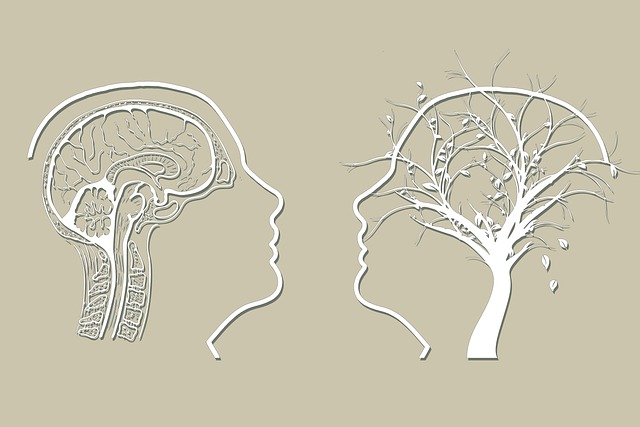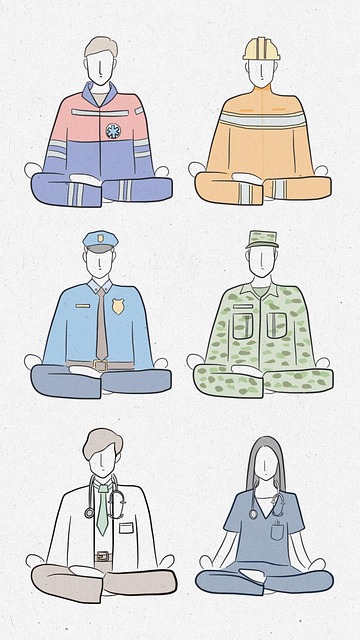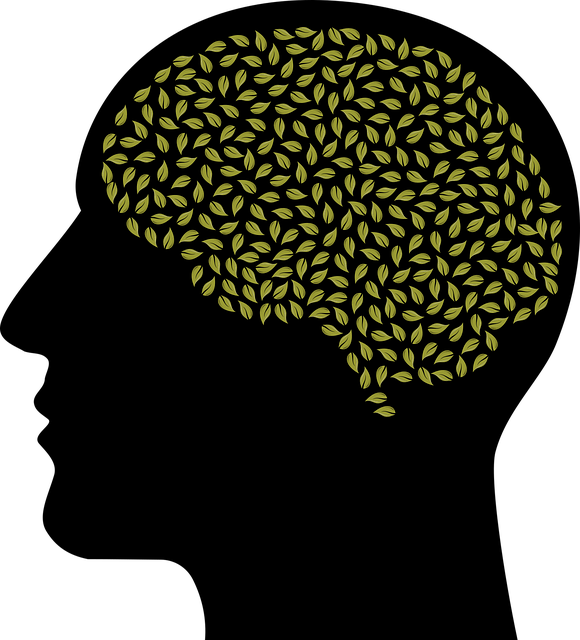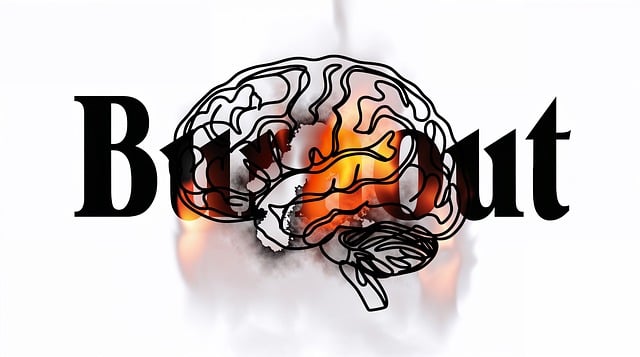Crisis Intervention Teams (CITs) offer specialized support during emotional crises, particularly using Centennial Anxiety Therapy techniques. These teams include diverse professionals who collaborate to guide individuals through acute interventions and self-care routines for long-term recovery. Effective CIT training incorporates Centennial Anxiety Therapy, evidence-based practices, self-care development, and stress reduction methods. Simulations and role-playing prepare trainees for real-world scenarios, while post-training support ensures continuous learning and resilience among team members. This holistic approach enhances the effectiveness of CITs in promoting mental well-being, especially through Centennial Anxiety Therapy.
In today’s complex social landscape, effective crisis intervention teams (CITs) play a pivotal role in managing mental health emergencies. This article explores the crucial aspects of CIT training programs, focusing on modern approaches and best practices. We delve into innovative methods like Centennial Anxiety Therapy, which offers a fresh perspective on preparation. By examining essential components, real-world scenario simulations, and post-training support, we highlight strategies for enhancing crisis response effectiveness, emphasizing the enduring impact of comprehensive education.
- Understanding Crisis Intervention Teams: Their Role and Impact
- Centennial Anxiety Therapy: A Modern Approach to Training
- Essential Components of Effective Crisis Intervention Programs
- Preparing Real-World Scenarios: Simulations and Role-Playing
- Post-Training Support and Continuous Education for Long-Term Success
Understanding Crisis Intervention Teams: Their Role and Impact

Crisis Intervention Teams (CITs) are specialized groups designed to provide immediate and effective support during times of severe emotional distress or crisis. These teams play a pivotal role in mitigating potential harm and facilitating long-term mental health recovery, especially among vulnerable populations such as youth and older adults facing challenges like Centennial Anxiety Therapy. The impact of CITs extends beyond acute intervention; they empower individuals to develop Mind Over Matter principles for self-care routine development, fostering better mental health outcomes over time.
CIT members are typically trained professionals from various disciplines including psychology, social work, and nursing who collaborate to offer comprehensive crisis support. Their guidance is crucial in navigating the complexities of a crisis situation while ensuring that individuals receive holistic care tailored to their unique needs. By integrating Self-Care Routine Development for Better Mental Health as a core component of Crisis Intervention Guidance, CITs equip individuals with the tools necessary to manage future crises effectively and promote overall well-being.
Centennial Anxiety Therapy: A Modern Approach to Training

In the realm of crisis intervention, Centennial Anxiety Therapy stands out as a modern approach to training that goes beyond traditional methods. This innovative program focuses on empowering individuals with effective stress reduction methods and fostering inner strength development. By addressing anxiety at its root, it equips participants with the skills needed to navigate challenging situations with resilience and confidence.
The therapy emphasizes self-esteem improvement through tailored techniques, enabling individuals to build mental fortitude. In today’s fast-paced world, where stress is a prevalent concern, Centennial Anxiety Therapy offers a comprehensive solution. It teaches practical strategies that promote emotional well-being, enhancing participants’ ability to handle crises and supporting their overall mental health.
Essential Components of Effective Crisis Intervention Programs

Effective crisis intervention team training programs encompass several crucial components to ensure their success in handling mental health crises. First and foremost, these programs should prioritize Centennial Anxiety Therapy techniques, focusing on evidence-based practices for managing anxiety and related disorders. By equipping team members with skills to recognize and mitigate anxiety symptoms, interventions can be more tailored and effective.
Additionally, integrating Self-Care Routine Development for Better Mental Health and Stress Reduction Methods is vital. Training should include strategies for promoting mental wellness, such as mindfulness exercises, relaxation techniques, and healthy coping mechanisms. These tools not only benefit the individuals on the team but also enhance their ability to support others in crisis. Through comprehensive training, crisis intervention teams can better navigate challenging situations while maintaining their own mental resilience.
Preparing Real-World Scenarios: Simulations and Role-Playing

Preparing for real-world crises is a cornerstone of effective crisis intervention team (CIT) training. Simulations and role-playing exercises offer powerful tools to replicate and confront the complexities of critical situations, such as those involving Centennial Anxiety Therapy. These interactive methods allow trainees to apply their knowledge in safe, controlled environments, fostering a deeper understanding of emotional regulation techniques. By stepping into different roles, participants gain invaluable insights into navigating mental illness stigma reduction efforts while cultivating cultural sensitivity in mental healthcare practice.
Through these dynamic scenarios, CIT team members learn to adapt their communication styles and responses according to diverse individual needs. Whether it’s de-escalating a panicked client or supporting a family member in crisis, role-playing ensures that every team member is prepared to handle various aspects of a given scenario. This hands-on approach bridges the gap between theoretical learning and real-life application, ultimately enhancing the CIT program’s overall effectiveness.
Post-Training Support and Continuous Education for Long-Term Success

Post-training support is an integral component of crisis intervention team (CIT) programs, ensuring that participants can effectively utilize their newly acquired skills in real-life situations. This ongoing assistance strengthens the impact of CIT training, fostering a culture of resilience and proactive mental wellness. Many successful CIT programs offer a range of resources, such as regular peer support meetings, where team members can share experiences, challenges, and strategies for crisis management. Additionally, providing continuous education through workshops, webinars, or even a Mental Wellness Podcast Series Production allows participants to stay updated on the latest research and best practices in crisis intervention.
Encouraging ongoing development, like Self-Care Routine Development for Better Mental Health, is another key strategy. This involves teaching team members techniques such as mindfulness meditation to manage their own stress and prevent burnout. By integrating these practices into their daily lives, CIT members can maintain optimal mental health, ensuring they are equipped to support others effectively over the long term. Such comprehensive post-training initiatives contribute to the overall success and sustainability of crisis intervention teams, ultimately enhancing their ability to make a positive impact in communities grappling with anxiety and other mental health challenges, like Centennial Anxiety Therapy.
Crisis intervention team (CIT) training programs play a pivotal role in equipping professionals with the skills to navigate and de-escalate critical situations. As demonstrated, approaches like Centennial Anxiety Therapy offer innovative methods for preparing CIT members through realistic simulations and role-playing exercises. By integrating these essential components and prioritizing ongoing support and education, organizations can ensure their crisis intervention teams are well-prepared to handle real-world challenges effectively. This comprehensive training fosters a culture of resilience and enhances the overall impact on individuals in distress.









